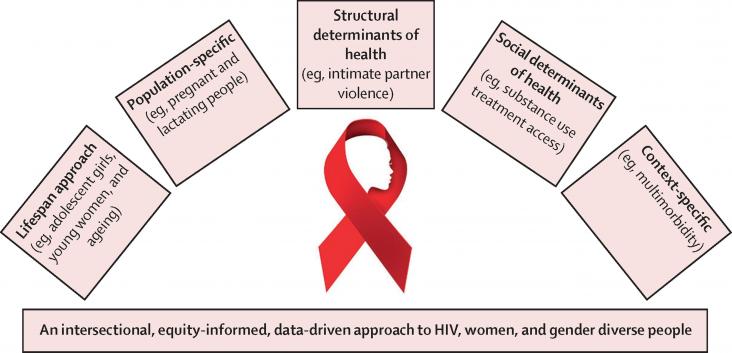Women are disproportionately affected by HIV globally, and in some of the hardest hit regions, women bear the brunt of the epidemic in terms of both disease burden and care for those affected.

Women and gender diverse people remain disproportionately affected by HIV, face unique challenges and have been under-represented in HIV research.
The study found that premature mortality risk is highest among individuals with both low income and high-risk health behaviors, with a clear income gradient observed across all risk factor levels. These results emphasize the importance of targeted public health strategies and resource allocation to lower-income groups to reduce health inequities and prevent premature deaths.
This content aligns with Goal 3: Good Health and Goal 9: Industry, Innovation and Infrastructure by discussing the relation between memory, emotion, and mental health, as well as the impacts of technological innovations such as social media.

World Neglected Tropical Diseases Day 2026: A Catalyst for Global Health and Sustainable Development
One out of 3 relatives of patients with risk factors for the development of Post-Intensive Care Syndrome presents caregiver burden at 3 months .
It is at the crossover of good health and wellbeing and innovation in industry. Depression is now a prevalent mental illness and multimodal data-based depression detection is an essential topic of research.
This Viewpoint supports SDGs 3 and 10 by examining how structural ableism denies disabled people equitable access to health care, and discussing the principles by which it could be reduced.
Right to abortion and access to care support SDG 3.

